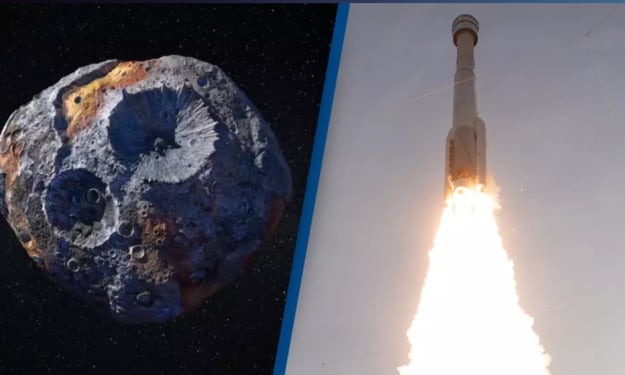
For centuries, the allure of the moon has captivated the human imagination, with theories ranging from the whimsical notion of it being made of cheese to more scientifically grounded explanations. However, recent advancements in astronomical research have shed new light on the enigmatic nature of Earth's natural satellite.
Gone are the days of fantastical speculations about lunar composition. Thanks to a combination of data gathered from various missions, including the historic Apollo expeditions, and advanced techniques like seismic analysis, scientists have uncovered a wealth of information about the moon's internal structure. Contrary to earlier assumptions, the moon's core is now known to be a dense, solid iron sphere, akin to Earth's own inner core.
Moreover, the discovery of a phenomenon known as lunar mantle overturn has provided insights into the moon's geological evolution. This process, wherein mantle material moves upward during volcanic activity, sheds light on the redistribution of elements on the lunar surface, including iron-rich minerals.
One of the longstanding puzzles surrounding the moon has been the gradual weakening of its magnetic field over time. With a deeper understanding of the moon's composition and geological processes, scientists are now poised to unravel the mysteries behind this phenomenon.
The origins of the moon itself have also been a subject of intense scrutiny. While the giant impact theory, positing a collision between Earth and a Mars-sized celestial body, remains a leading explanation, alternative hypotheses, such as lunar capture or co-formation with Earth, have also been proposed. Each theory offers unique insights into the complex interplay of celestial bodies in the early solar system.
Furthermore, recent discoveries, such as the identification of lunar lava tubes and intriguing surface features like impact craters, hint at the possibility of subterranean environments that could one day serve as shelters for human exploration.
However, amidst these scientific revelations, the allure of the moon persists, beckoning us to explore its mysteries further. From its ancient geological formations to the tantalizing prospect of human habitation, the moon continues to inspire awe and curiosity, reminding us of the boundless wonders of the cosmos.
The moon, Earth’s faithful companion, often captivates our imagination with its serene presence in the night sky. Yet, beyond its tranquil appearance, lies a world of fascinating coolness waiting to be discovered.
Firstly, the moon’s surface is a testament to its coolness. Covered in vast plains, towering mountains, and rugged craters, it resembles a celestial playground frozen in time. The temperatures on the moon’s surface can swing drastically, from scorching highs of over 100 degrees Celsius (212 degrees Fahrenheit) during the lunar day to bone-chilling lows of minus 173 degrees Celsius (minus 280 degrees Fahrenheit) during the night, showcasing its extreme thermal dynamics.
Moreover, the moon’s geological history adds to its allure. Unlike Earth, the moon lacks an atmosphere and geological processes like weathering and erosion. Consequently, the footprints left by astronauts during the Apollo missions remain pristine, preserving a momentous chapter in human history for eternity. Studying the moon’s ancient surface provides invaluable insights into the early history of our solar system and the formation of celestial bodies.
Furthermore, the moon’s influence extends far beyond its physical presence. Its gravitational pull governs the ebb and flow of Earth’s oceans, giving rise to the mesmerizing phenomenon of tides. Additionally, the moon serves as a celestial timekeeper, guiding the rhythms of life on Earth through its phases.
The moon also holds potential for future exploration and scientific endeavors. From establishing lunar colonies to harnessing its resources for sustainable space travel, researchers envision a future where the moon plays a pivotal role in humanity’s quest to explore the cosmos.
In conclusion, the moon’s coolness transcends its serene exterior, encompassing a realm of scientific marvels and untapped potential. As we gaze upon its silver glow in the night sky, let us not only appreciate its beauty but also embrace the endless possibilities it holds for humanity’s cosmic journey.
About the Creator
Serena
As a seasoned storyteller and writer, I craft tales that transport you to realms of imagination and emotion.






Comments (1)
Fascinating! I love learning about the moon!